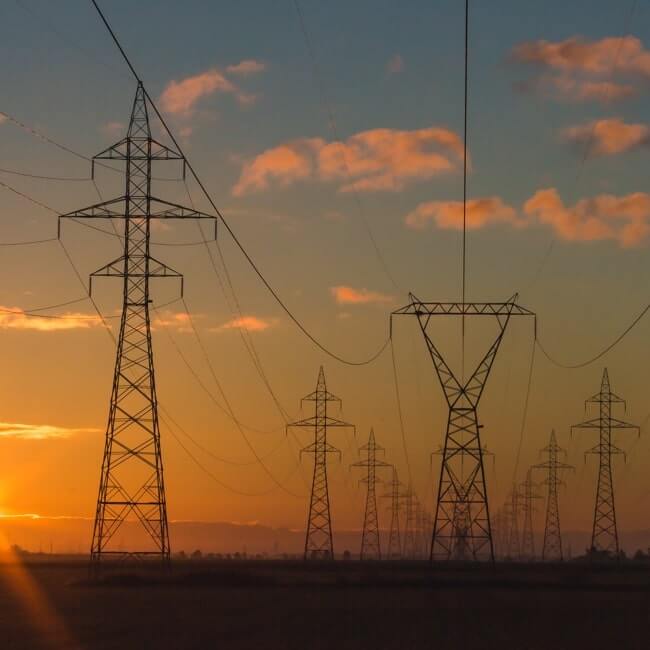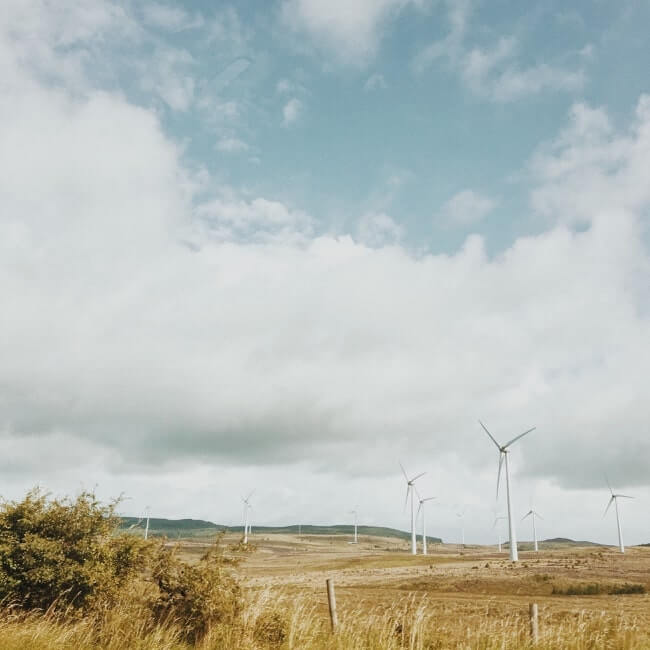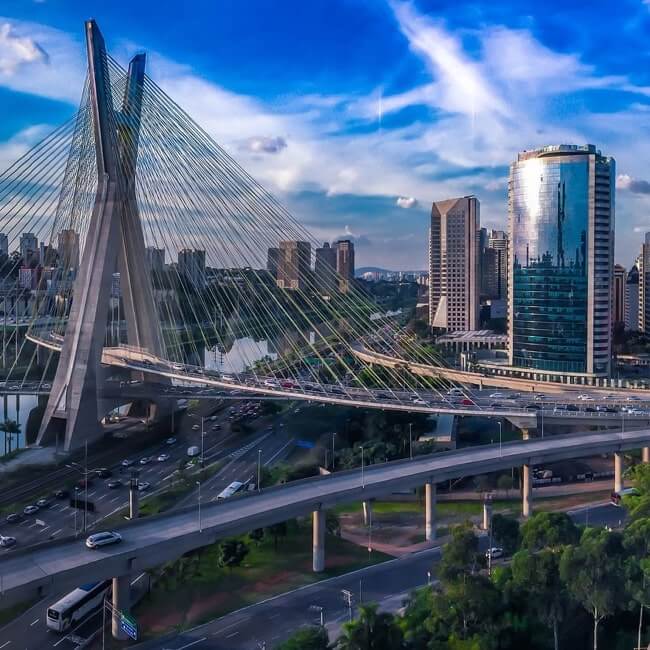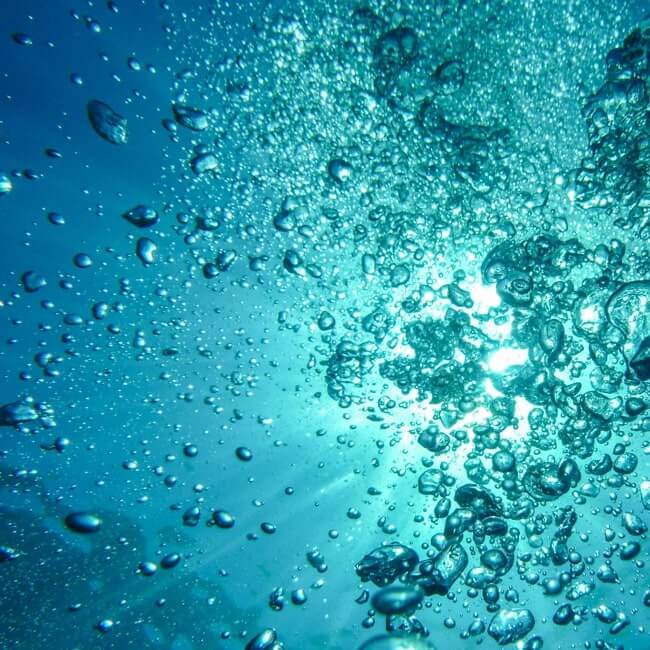Micro hydro's role in Latin America (Part 2)
The following is the second of a two-part interview with Rafael Escober, board committee member of Latin American micro hydro energy network Hidrored.
BNamericas: Socio-environmental permitting has gained greater exposure not only for traditional power projects, but increasingly renewable energy has come under scrutiny. How does micro hydro generation fare on this front?
Escobar: The environmental issue is key. The same environmental impact measurement parameters used for a large hydroelectric plant are being used for a micro plant.
What you do for a 100MW, 200MW or 500MW is the same for a 50kV, 200kV and 500kV plant, which is absurd as the impact of the smaller plants is less.
As there is no regulation for these small-scale systems, what they do is simply to take indicators and guidelines to evaluate a large plant and apply it to a small hydroelectric plant, which generates a serious problem.
To evaluate a small-scale hydroelectric plant you cannot use the same parameters, because a mega plant has a very strong impact on the ecosystem and environment; not so for a micro plant. Securing approvals and speeding up the installation of small hydro is a torture.
BNamericas: Where do you see micro hydro in the next five to 10 years, in particular due to larger plants in development?
Escobar: Micro hydro in the case of Peru will probably be displaced a bit, but 5mn of the country's 30mn residents still lack power. Of those 5mn, 1.5mn could have access to renewable energies, and of the latter I believe at least 500,000 could be supplied by small-scale hydraulic energy.
In the case of Bolivia it is greater. Due to the characteristics of its power system and coverage, which still is very lacking, I believe there still are 500,000 or well 800,000 families that could benefit with micro hydro.
BNamericas: Do you think micro hydro will be sustainable in the long run?
Escobar: I do not believe micro hydro will lose relevance. If we look what is happening in isolate zones, many people are creating small communities.
As there is migration to the cities, there also is immigration to the interior and there are towns that continue to be created, born.
Although it is true that large hydroelectric plants will have their space, I would say that in 15 or 20 years we will continue to push micro hydro and its potential will remain.
BNamericas: What is the relationship between micro hydro with distributed generation, the sale of surplus output to the grid? Any developments on this front?
Escobar: In Peru like Bolivia there is a constant fight for that, for distributed generation from micro hydro, but none have been admitted.
Subscribe to the leading business intelligence platform in Latin America with different tools for Providers, Contractors, Operators, Government, Legal, Financial and Insurance industries.
News in: Electric Power (Mexico)

Belize facing power generation shortfall in 2025
The power utility bases it forecast on the “systemic failure” to procure new generation capacity, among other factors.

NDCs 3.0 a ‘Make or Break’ for Global Goal to Triple Renewables by 2030
At COP29, IRENA Outlook calls for ambitious NDC updates, reflecting the global pledge to triple renewable power capacity and double energy efficien...
Subscribe to Latin America’s most trusted business intelligence platform.
Other projects in: Electric Power (Mexico)
Get critical information about thousands of Electric Power projects in Latin America: what stages they're in, capex, related companies, contacts and more.
- Project: Puebla 1 hydro project (Zoquiapa Dam)
- Current stage:

- Updated:
1 month ago
- Project: Fenicias wind park
- Current stage:

- Updated:
1 month ago
- Project: General Cepeda solar park
- Current stage:

- Updated:
1 month ago
- Project: Marengo I
- Current stage:

- Updated:
1 month ago
- Project: Solid Waste Processing Plant in Monterrey, Nuevo León
- Current stage:

- Updated:
1 month ago
- Project: La Sauceda Solar photovoltaic park
- Current stage:

- Updated:
1 month ago
- Project: Peñoles photovoltaic park
- Current stage:

- Updated:
1 month ago
- Project: Tamuín 1 photovoltaic plant
- Current stage:

- Updated:
1 month ago
- Project: Ikal H2 Photovoltaic Park for the Production of Green Hydrogen
- Current stage:

- Updated:
1 month ago
- Project: San Bernardo Solar Park
- Current stage:

- Updated:
2 months ago
Other companies in: Electric Power (Mexico)
Get critical information about thousands of Electric Power companies in Latin America: their projects, contacts, shareholders, related news and more.
- Company: Consorcio TSK - Siemens Energy
- Company: México Lindo Solar PV I S.A. de C.V. (México Lindo Solar PV I)
-
The description included in this profile was taken directly from an AI source and has not been edited or modified by BNamericas researchers. However, it may have been automatica...
- Company: Prodiel México, S.A. de C.V. (Prodiel México)
-
The description included in this profile was taken directly from an AI source and has not been edited or modified by BNamericas researchers. However, it may have been automatica...
- Company: Arteche México
-
In Mexico, Arteche is primarily an equipment supplier manufacturing of transformers and smart grid solutions. The Arteche ACP subsidiary focuses on project, design, development,...
- Company: Termoeléctrica de Mexicali, S. de R.L. de C.V. (Termoeléctrica de Mexicali - TDM)
-
Termoelectrica de Mexicali (TDM), a subsidiary of Infraestructura Energética Nova (IEnova) is an electric power generation company that is also engaged in the sale of electricit...
- Company: Desarrollo de Fuerzas Renovables S. de R.L. de C.V. (Desarrollo de Fuerzas Renovables)
-
The description included in this profile was taken directly from an AI source and has not been edited or modified by BNamericas researchers. However, it may have been automatica...
- Company: Grupo de Desarrollo de Tamaulipas, S.A. de C.V. (GDT Constructora)
-
The description contained in this profile was taken directly from an official source and has not been edited or modified by BNamericas researchers, but may have been automatical...





